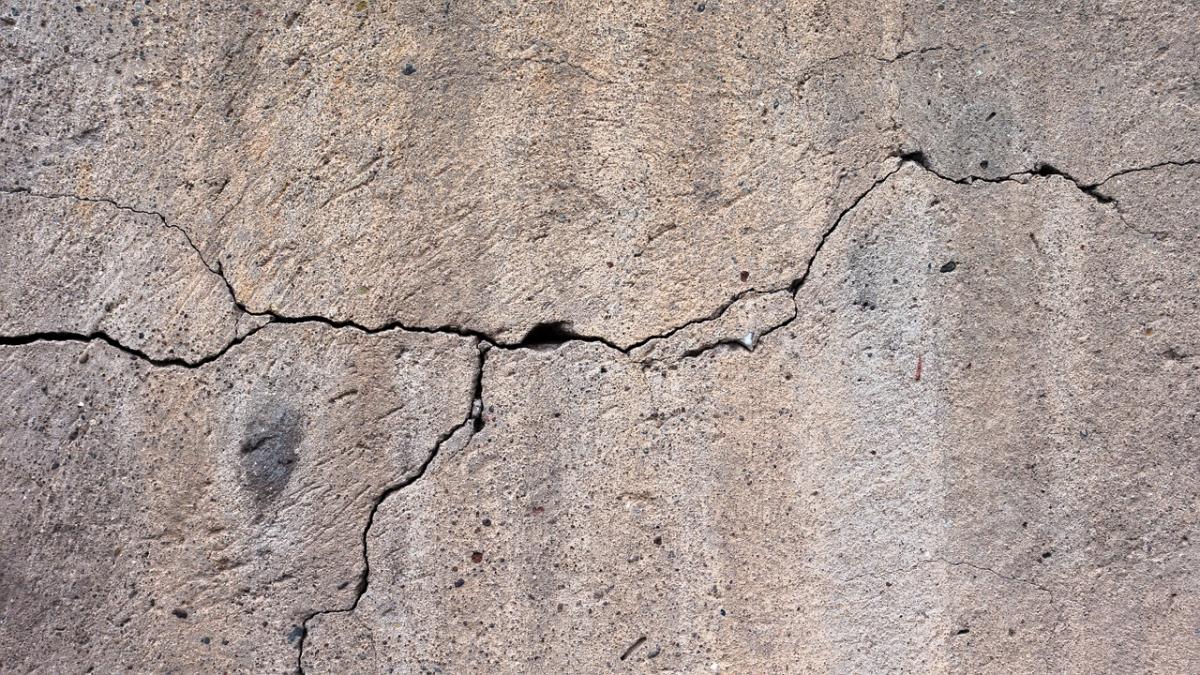Here Are Some Open House Red Flags
 An open house is always exciting; after all, you're taking your first look at what could be your new home! Although it can be easy to overlook small defects when the house seems to otherwise fit your needs, some issues can indicate that much larger problems are lurking. Keep reading to learn about four open house red flags and what they could be hiding.
An open house is always exciting; after all, you're taking your first look at what could be your new home! Although it can be easy to overlook small defects when the house seems to otherwise fit your needs, some issues can indicate that much larger problems are lurking. Keep reading to learn about four open house red flags and what they could be hiding.
Overpowering Air Fresheners
Obviously, it's normal for a seller to take steps to ensure that their house smells pleasant on the day of the open house; freshly-baked cookies or a scented candle in the foyer aren't things that should make you nervous! That being said, if you notice air fresheners in every room or a strong, overbearing scent that seems to be everywhere, it might indicate that they are trying to cover up stubborn smells like pet odor or mildew. Pay close attention to the carpets for stains, and be sure to examine the areas under sinks. Of course, you'll be doing that anyway for our second red flag...
Mold
Take a peek around any water fixtures to make sure that there is no mold growing nearby; if there is, it could be indicative of a plumbing leak or poor ventilation. In addition, glance at the ceilings throughout the house; mold or water stains on the ceiling could mean that there is a problem with the roof!
Foundation Issues
Every older home has a hairline crack above a window or a closet door that sticks in the summer, but sometimes these small issues are symptoms of a much larger problem: a bad foundation. If you notice several drywall cracks in the same area, doors and windows that consistently stick, badly uneven floors, or any large cracks in the basement, these could be signs that serious repairs are in order. Even if the foundation problems aren't affecting the structural integrity of the house, they could allow water to seep into the basement, damaging items and providing a breeding ground for mold.
Shoddy Tiling
If you notice consistently uneven, crooked, or cracked tile work in the house, it is one of the surest signs that an amateur DIYer has been tinkering with the home. This isn't automatically a disaster, but it does warrant closer inspection. To start with, check to make sure that the tiles are all secure. Afterward, inspect areas of greater concern, such as plumbing, electrical, and home additions; for every unusual or blatantly incorrect installation that you find, be aware that a future home inspector will likely discover two more.
- Cheryl Bourland's blog
- Login or register to post comments
 Google+
Google+


 Information Deemed Reliable but Not Guaranteed. CENTURY 21 H.S.V. Realty is licensed in the state of Arkansas. CENTURY 21 and the CENTURY 21 Logo are registered service marks owned by Century 21 Real Estate LLC. H.S.V. Realty, Inc. fully supports the principles of the Fair Housing Act and the Equal Opportunity Act. Each franchise is independently owned and operated. Any services or products provided by independently owned and operated franchisees are not provided by, affiliated with or related to Century 21 Real Estate LLC nor any of its affiliated companies.
Information Deemed Reliable but Not Guaranteed. CENTURY 21 H.S.V. Realty is licensed in the state of Arkansas. CENTURY 21 and the CENTURY 21 Logo are registered service marks owned by Century 21 Real Estate LLC. H.S.V. Realty, Inc. fully supports the principles of the Fair Housing Act and the Equal Opportunity Act. Each franchise is independently owned and operated. Any services or products provided by independently owned and operated franchisees are not provided by, affiliated with or related to Century 21 Real Estate LLC nor any of its affiliated companies.